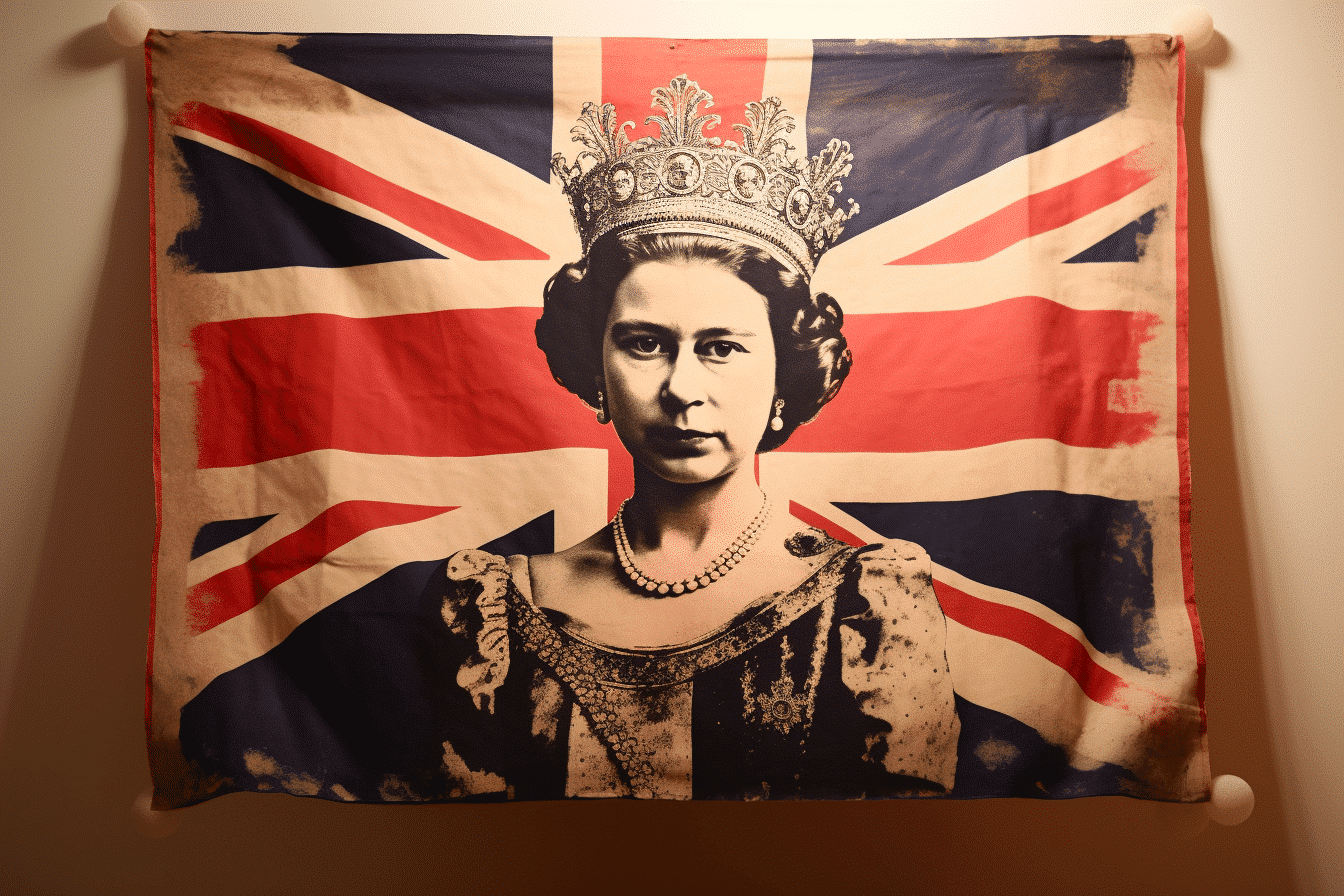Jamie Reid, the British artist and fervent activist responsible for the groundbreaking artwork linked with the Sex Pistols, passed away at 76. The news was shared by his longtime gallerist, John Marchant.
Reid’s revolutionary “ransom note” style designs became symbolic of the punk rock movement and its anarchy-driven spirit. His artwork continues to be celebrated, even amongst those in the art circles he consistently disregarded.
Discussing his refusal to conform, Reid commented in a 2018 Another Man magazine interview, “I steered clear of that insular world to preserve my radicalism and spirit.”
A Deep Dive into Reid’s Political Background
Reid hailed from Croydon, South London, born in 1947. He was shaped significantly by his parents, who were socialist activists, and his familial ties to Druidism, emphasizing nature and environmentalism. His political activism saw him rallying against nuclear arms and various radical causes.
Reid’s college years at Croydon Art College included collaborations with Malcolm McLaren, future manager of the Sex Pistols. The pair notably led a college protest in 1968, reflecting broader student dissatisfaction with the education system in the UK. The Situationist International, a group advocating Marxist principles in defiance of Europe’s conservative governance, also significantly influenced Reid.
Between 1970 and 1975, Reid curated the “Suburban Press,” an anti-capitalist magazine. His unique collage-style design approach, reminiscent of a “quirky ransom note,” became his signature, as the art platform Widewalls noted. He used this platform to criticize the commercial transformation of his hometown.
Reid’s Lasting Impact on the Sex Pistols
The Sex Pistols, a creation of McLaren in 1975, embodied Reid’s anti-establishment beliefs. Reid’s graphic talents were soon harnessed, making the band’s image synonymous with punk. He crafted an eclectic mix of font styles for the Pistols’ emblematic logo. His design for the band’s debut album, “Never Mind the Bollocks, Here’s the Sex Pistols,” is hailed as one of the all-time best album covers by Billboard.
One of Reid’s most controversial pieces was for the single “God Save the Queen,” which critiqued the monarchy. The cover juxtaposed Reid’s distinct font over a portrait of Queen Elizabeth II.
Reid’s Continued Artistic Drive
Following the disbanding of the Sex Pistols in 1978, Reid faced financial challenges but found solace in painting and pursued elaborate projects, including interior designs for London’s Strongroom Studios. He also co-authored a book with music journalist Jon Savage in 1987.
He remained critical of famous artists like Damien Hirst and Banksy, whom he felt used shock without a true political agenda.
His work experienced a resurgence in the late ’90s, notably when he collaborated with the Afro Celt Sound System band. Reid and Marchant became collaborators and close friends after meeting in 1997. Marchant was instrumental in preserving Reid’s vast body of work and described him as a person with a rich knowledge spanning diverse fields.
Throughout the 2010s and 2020s, Reid’s art remained politically charged, targeting figures like Vladimir Putin and Donald Trump.
At the time of his passing, several individuals from the arts recognized Reid’s unwavering commitment to radicalism. Artist Trevor Jackson remarked on X (previously Twitter), “R.I.P – No Sell-Out.” Jon Savage emphasized Reid’s unparalleled talent to encapsulate intricate ideas visually.
Marchant fondly remembered Reid, celebrating him as a multifaceted “artist, iconoclast, anarchist, punk, hippie, rebel, and romantic.”
The legacy Jamie Reid leaves behind is not just one of iconic album covers and stark visuals but of a life lived in passionate defiance against the status quo. As an artist and activist, he has inspired countless others to push boundaries, question authority, and embrace true creativity. His timeless artwork, imprinted on the fabric of punk culture, ensures that his rebellious spirit will continue to influence and inspire for generations to come.
